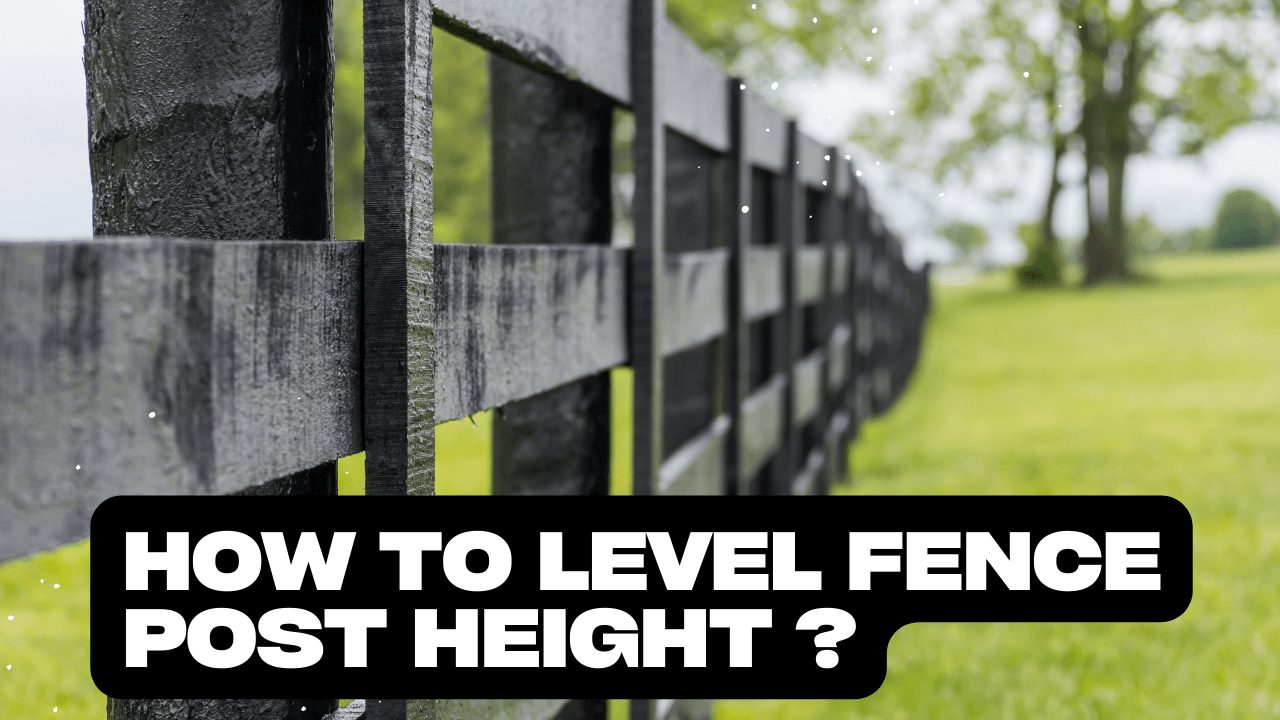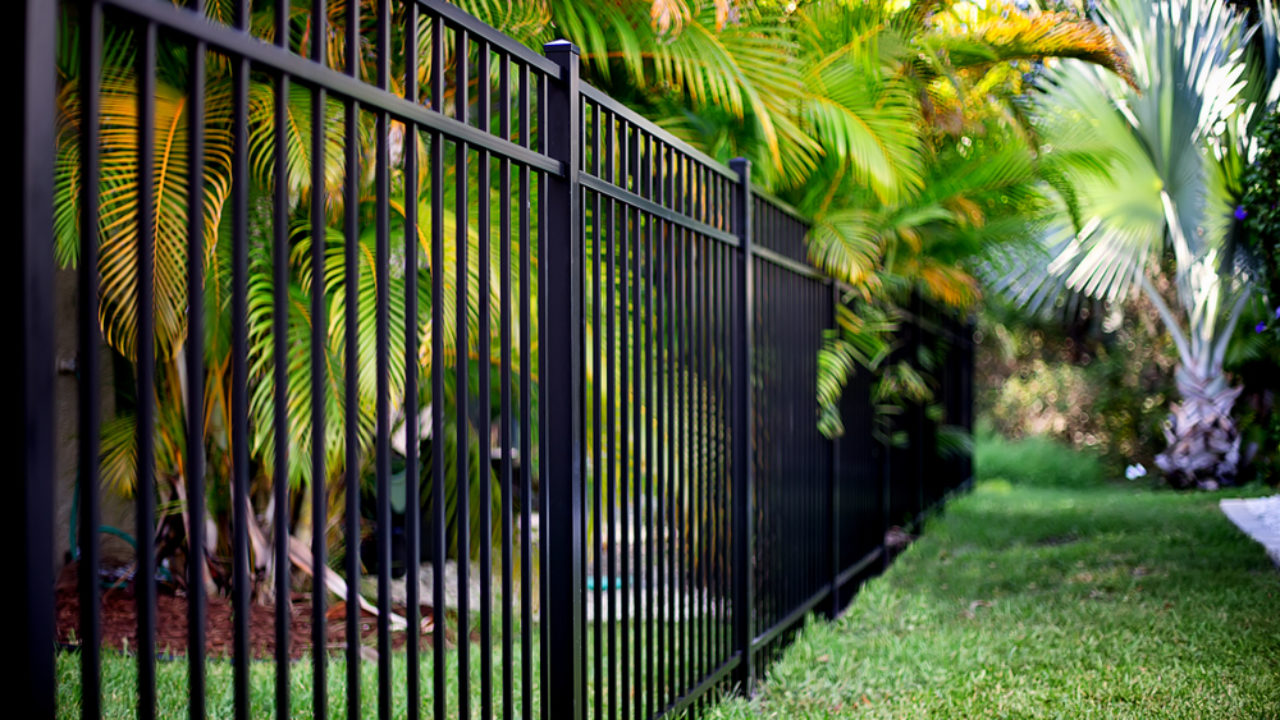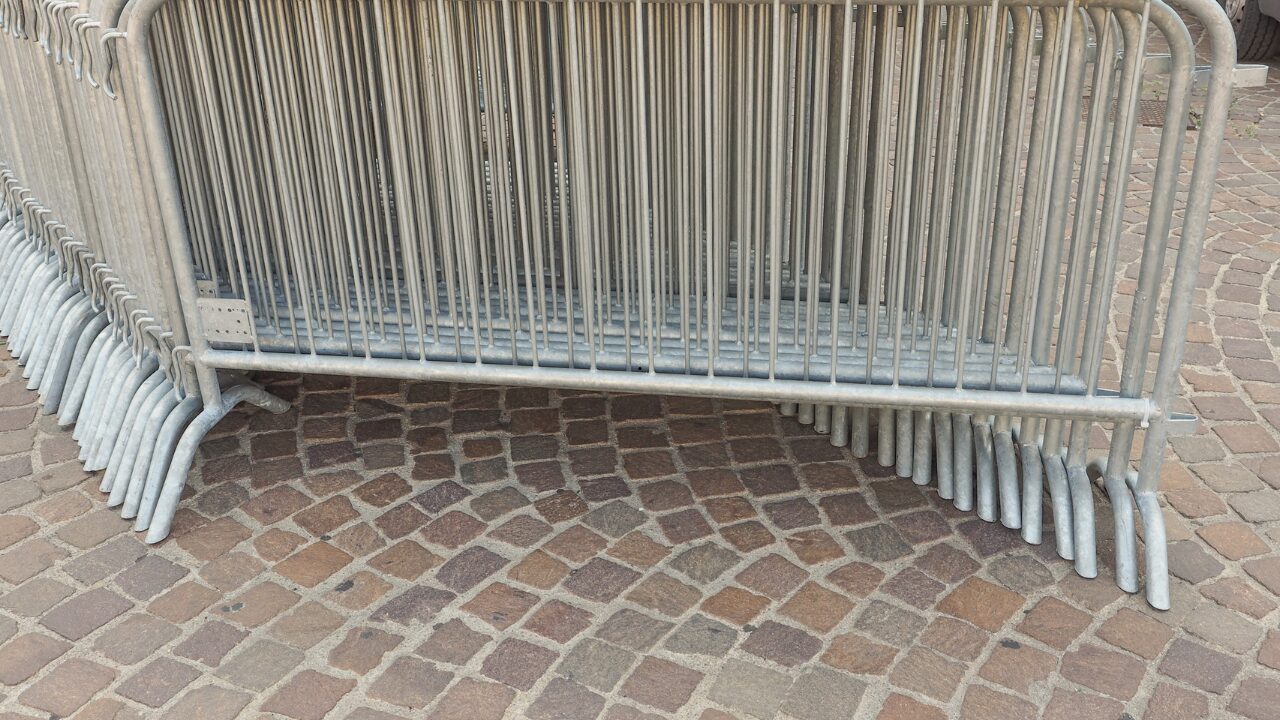Fences provide an effective barrier for yards and come in a variety of styles. Fences almost always require the use of fence posts to link and anchor the entire fence.
Concrete or sand footings are almost typically used to anchor fence posts in the ground. During the installation procedure, these posts are prone to become uneven. It’s simple to keep fence posts at the same height by following a few basic steps.
Fences demarcate and separate spaces, keep animals out of gardens, and give lawn boundaries. Some homeowners choose rolled fencing wire because it is so easy to install. You can mount it on wood or metal T-posts.
Using a few household objects, you can place fence posts at a regular height, resulting in neat lines and the illusion of a professionally done project.
Table of Contents
Why Do You Level The Fence Post Height Yourself?
It can be costly to hire a professional to install your fence correctly. This post is for you if you don’t want to spend any more money. It will teach you how to level fence posts quickly and evenly. This project only requires a few objects that you can find around your house. You’ll have a clean, even line throughout your fence by the end of it.
The foundation of a fence is what makes it great. It would help if you first planned numerous things before you began construction. Material, size, style, and height all play a big part.
A concrete fence is usually the most acceptable option when it comes to materials. It ensures that the fence does not move. Fence pillars are also helpful in tying the entire fence together. These pillars are usually anchored in the ground using sand or concrete.
Steps To level The Fence Posts
How do you properly level fence posts? There is also a correct and incorrect depth for your holes. To begin with, there are various elements at play. The type of fence, its height, and the manner are all essential factors to consider.
1) Mark The Location For Posts
Ensure there are no underground wires, pipelines, or other obstructions in the places you’ll be digging before breaking ground.
Most municipalities can arrange for a free site visit, during which anything to avoid will be flagged or spray painted. If you go this route, make sure they apply non-permanent paint in high-visibility spots like your front driveway.
The place where the fence post is installed is significant. The length of the fence panel or the style of fence you choose will decide the exact spacings. To determine how far apart posts should be set, measure the overall width of a fence panel.
2) Make A Plan
Make a plan for where each post will go. Posts should be spaced 96 inches between the center of one post and the center of the next. If you also want a straight run, use a string line, chalk, or paint to mark the position. It can help you dig in the appropriate place.
3) Dig Fence Post Holes
You can dig the fence post holes with shovels, manual post-hole diggers, and motorized post-hole diggers. Select the method that is most appropriate for your project. Manual digging is usually the best option if you only have a few holes to dig. If you’re fencing an entire property, a motorized post-hole digger will save you a lot of time and effort.
However, the depth and width of the dug hole rely on a variety of things, including the fence’s height and the method you use to secure the posts. For this, you can also follow the guidelines mentioned on the ready-made post bag or pack.
4) Install The Posts
The posts are made of pressure-treated timber. It’s a terrific choice because pressure-treated lumber is treated to prevent rot even when buried in the ground.
Setting a post at each end of the stretch is an excellent technique to define the run’s line. If the ground is level, you may now measure the height of the posts by drawing a line between the tops of the two end posts.
You may also trim the tops of the posts later. But you’ll need a handsaw or a power saw capable of cutting through a four-by-four to do so. You can also use the level, boards and stakes if needed for better support when setting and installing the posts.
5) Firm The Posts With Concrete
You can use the concrete to set a fence post in a few different ways. Put a few inches of gravel in the bottom of your hole, regardless of which method you use, and tamp it down with the bottom of the post.
Keep the post in the hole and brace it in place, or have one of your workers position it exactly where you want it along the line you created earlier.
Different types of concrete mix are also available. Fast-setting concrete mix sets up faster than conventional concrete mix and doesn’t require bracing while it cures. On the other hand, regular concrete will take longer to set and may require bracing of the post, but it will cost less.
6) Use Back-Fill Foam: The Quickest Firming Option
Back-fill foam, which can be used instead of concrete, is the best firming option. This foam is quick, simple, and lightweight. However, it costs a little more than concrete. But it can save you time. Posts secured can be used immediately, whereas concrete-anchored posts should not be disturbed for hours or days.
But it also depends on whether you used fast-setting or regular concrete. So, the choice is yours. If you’re high on budget, nothing would be a better option than using the backfill foam than concrete.
Final Words
For sure, installing or levelling the posts is a daunting and time taking task. However, you can make it much easier by following the discussed steps and guidelines. In this way, you can save more money for your future post’s maintenance or any other consideration.





